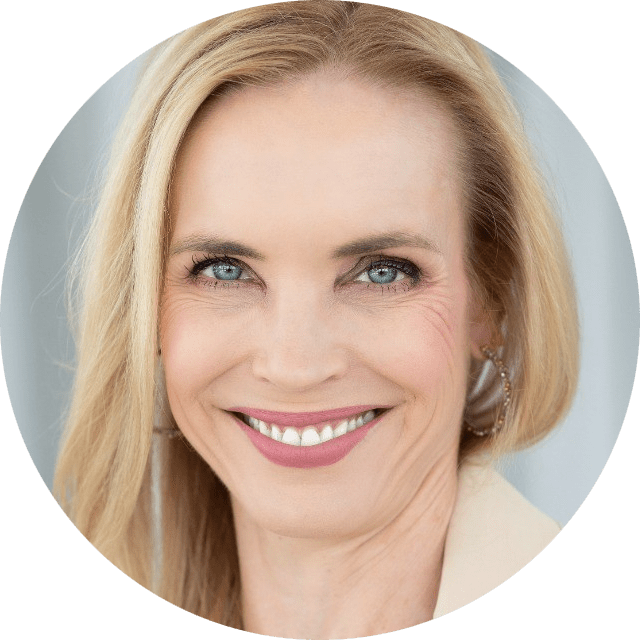How Yelp increased engineer employee productivity by 60% with its remote-first policy

While organizations try to figure out what the best recipe for hybrid work is for their employees, Yelp remains committed to its remote-first policy.
When Yelp’s chief people officer Carmen Amara saw the impact being remote was having on retention, she knew it didn’t make sense to fully go back to the office. In fact, in the past two years, employee retention has doubled at the company. And while workers are staying there for longer, they are also working more efficiently.
We spoke to Amara to better understand how Yelp is approaching employees’ needs in the modern workforce.
Remote-first retention
Amara has been at Yelp since January 2022 and from that point has made staff retention her biggest priority. A tenured HR professional who has worked at other companies including eBay and Home Depot, she knows the difference happy and productive employees can make for a company.
In 2022 the average time an employee stayed at the company was two years. That’s now doubled to four years.
That’s due to a many factors. On the macro level, “the big stay” was dubbed because people are largely staying at companies because it’s harder now to find new job opportunities. But, there have also been changes Yelp has made that are attracting more candidates. In early surveys back in 2021, 86% of employees told the company they wanted to continue working remotely. Because of that, they never instated a return to office and instead created a remote-first policy, while also making offices available if people wanted an in-office experience of some kind during the work week. Less than 1% showed up on a daily basis. Today they only have one office, located in San Francisco, in the country.
“We’ve seen increased interest in our roles at Yelp as we’ve gone to be a fully remote company,” said Amara.
In fact, over the last couple of years, there has been a 180% increase in views on Yelp’s career pages from active job seekers. And in a survey last year, it found that 89% of employees considered themselves “highly engaged,” according to the company.
“The combination of remote work, and the combination of what folks do, has really helped us to create a space where people want to stay,” said Amara.
Impact on productivity
Of course, there are still a lot of naysayers who question whether a remote-first company will be a successful one over time. That’s why Yelp made a dedicated plan to measure productivity for the new way of working to see how things were panning out.
For example, the product and engineering groups are measured in terms of how long it takes an idea to go live. Amara says that over the past two years, engineer productivity increased by over 60%, measured on a flat headcount basis.
“That tells us that we have happy and more productive engineers,” said Amara.
On the sales side, they look at whether sales reps are attaining their quota as a percentage to measure productivity. From 2019 to the end of last year, it increased by over 20%.
That, combined with looking at the overall health of the business from a revenue perspective and the pace of innovation, helps paint a solid picture.
“The beauty of it now is that people are self-selecting in or out,” said Amara. “So if you don’t want to work remotely, then you’re probably not applying for a job at Yelp.”
This also means that workers who function best in a remote-first environment will thrive, and those who prefer working in person won’t be stuck somewhere that isn’t aligned with their needs.
“This really opened up the talent pool for us,” said Amara.
Where Yelp goes next
When a remote workforce is properly established and employee productivity is on the rise, where do you go from there?
Amara says that in the final half of the year, heading into 2025, they have a continued focus on employee development.
“In an environment where we have more tenured employees, and people need to be able to continue to grow in the roles that they have, how might we help them do that?,” said Amara.
That development is through the lens of succession planning, which Amara says is helping them get to know talent better in order to plan for the future. The goal is for it to help inform talent strategy in the years to come. That looks like creating very clear role profiles and understanding what the skills and capabilities are that are needed now, and then what is needed in the future.
A large part of that is equipping leaders with simple but effective coaching tools. For example, if someone has a weekly one on one, how do you ensure they aren’t throwing away conversations, but enabling connection and fostering the best outcomes possible.
“We’re helping future-proof the company, and with that, really understanding what the talent is that we have here,” said Amara.

